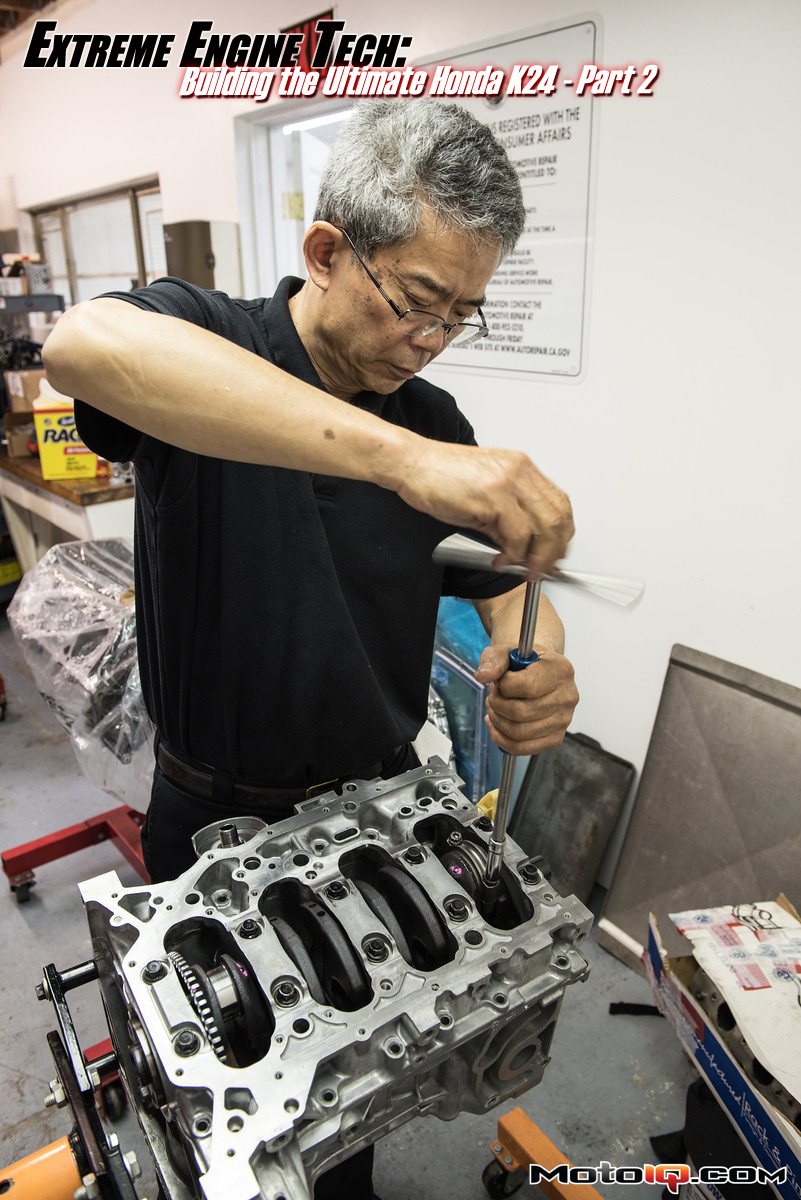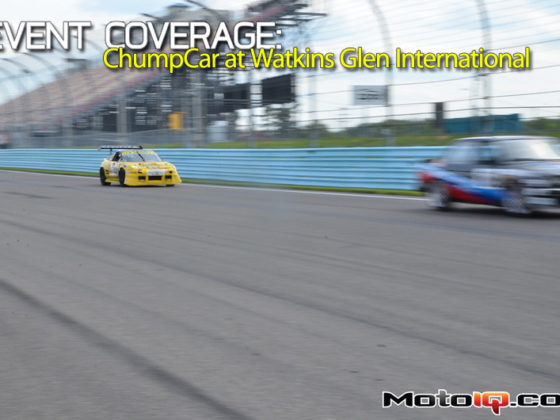,

The JE FSR pistons’ asymmetrical skirt has a larger area on the more heavily loaded thrust side and a reduced profile on the non thrust side for less friction and weight. The strut type design also means minimal weight as there is no excess material, unlike fully skirted pistons. You can see some of the intricate undercrown CNC machining here that removes all excess weight in low stress areas identified by FEA.

We chose a moderate 9:1 compression ratio for our pump gas turbo motor. The lower compression is apparent when you see the dish in the piston. The JE FSR pistons are made from low silicon 2618 alloy. 2618 is very ductile and tough, properties which are appropriate with turbo motors. 2618 expands more with heat and needs to run a wider piston to wall clearance than higher silicon alloys which in the past meant a more noisy engine, but JE’s advanced skirt profiles have reduced the piston slap and the engines run quiet even with wider clearances.

As you can see here, the piston pin is set very high on the piston to where it is almost into the oil ring area. A lot of this is because the compression ring grooves have been moved down from the stock position for strength and detonation resistance. We are not running compression ring pressure ports as on a boosted street engine, they could shorten ring life and we didn’t think that the trade off for improved sealing would be worth it on this longish stroke and high piston speed street engine.

We used straight wall and fairly thick piston pins. On a turbo motor with high cylinder pressures, trick lightweight tapered pins can flex and spin the small end bushing out of the rod. This can result in rod failure. Here are what the thick walled pins look like compared to a lightweight tapered wall pin.

We used JE compression rings which are thin low tension in design. A 1.1mm chrome top ring is used with a 1.2mm iron second ring with a hooked Naiper profile. Naiper rings give better oil control at high rpm.

JE’s oil rings are also pretty narrow as seen by the thin profile oil ring separator.

Narrow profile and low tension describes JE’s oil rings. The scrapers are shown here. There are two scrapers on either side of the the separator. The separator gives space for the oil to drain via holes in the oil ring groove.




1 comment
Cool to see you guys using the newer k24 blocks, wished you used the head too because I wanted to see what works. I’m building a k24z3 and saw that you cut off the balance shafts, by retaining the stock oil pump system means I can still use the bottom location oil filter correct?